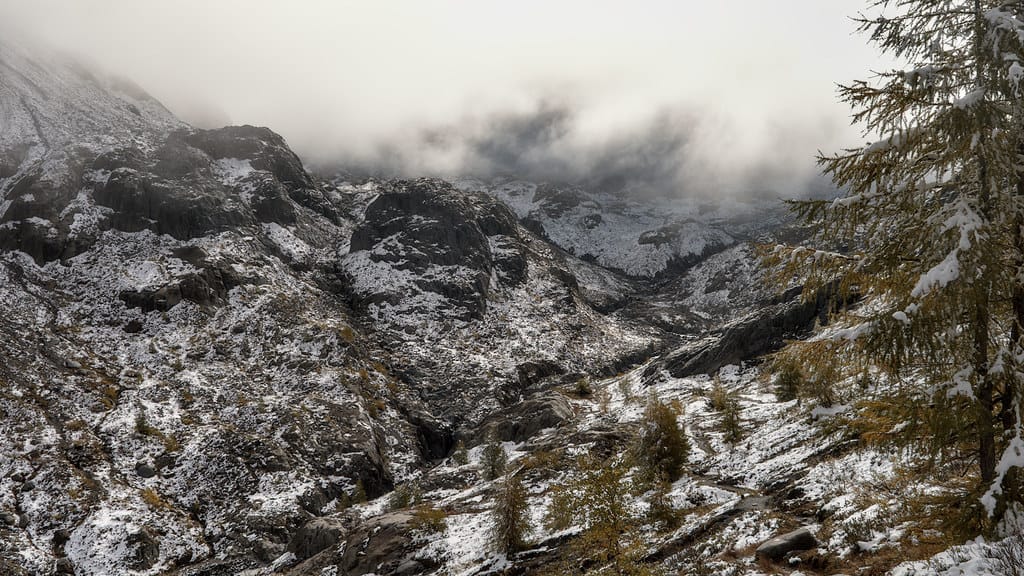Antarctic Ice Loss Accelerates as Ocean Salinity Changes Trigger Dangerous Feedback Loop
A groundbreaking study reveals that increasingly salty waters around Antarctica are dramatically reducing sea ice formation, creating a dangerous feedback loop that could accelerate global sea level rise and disrupt weather patterns worldwide.
The Salt-Ice Connection
Researchers from the University of Tasmania and the Australian Antarctic Division have discovered that rising ocean salinity levels near Antarctica are preventing the formation of crucial sea ice layers. The study, published in Nature Geoscience, analyzed three decades of satellite data and ocean measurements to uncover this alarming trend.
The science is straightforward yet concerning: as ocean water becomes saltier, its freezing point drops significantly. This means that waters that would normally freeze into protective sea ice during Antarctic winter now remain liquid, exposing the underlying ice sheets to warmer ocean temperatures.
"We're seeing a fundamental shift in how Antarctic waters behave," explains Dr. Sarah Chen, lead oceanographer on the study. "The saltier water creates a barrier that prevents normal ice formation, which then allows more heat to reach the continental ice sheets."
Multiple Culprits Behind Rising Salinity
The increased salinity stems from several interconnected factors, each amplifying the others in a troubling cascade effect:
Glacial Meltwater Density: As massive glaciers and ice sheets melt, they release fresh water into the ocean. However, this fresh water is less dense than salt water, causing it to float on the surface while the heavier, saltier water sinks deeper and becomes more concentrated.
Reduced Ice Formation: With less sea ice forming each winter, there's less "brine rejection" – the natural process where freezing ice pushes salt into the surrounding water. This typically helps regulate ocean salinity levels.
Changing Wind Patterns: Climate change has altered Antarctic wind systems, affecting how different water masses mix and circulate around the continent.
Alarming Numbers Paint Clear Picture
The data reveals the scope of this crisis:
- Antarctic sea ice extent has declined by 13% per decade since 2010
- Ocean salinity levels in key Antarctic regions have increased by 0.3 practical salinity units over the past 20 years
- Areas showing the highest salinity increases correspond directly with the most significant ice loss
The Amundsen Sea, home to some of Antarctica's most vulnerable ice sheets, shows particularly dramatic changes. Here, salinity levels have risen by nearly 0.5 units while sea ice coverage has dropped by more than 40% during peak winter months.
The Feedback Loop Accelerates
This creates what scientists call a "positive feedback loop" – though there's nothing positive about its implications. As saltier water prevents ice formation, more dark ocean surface remains exposed. Dark water absorbs significantly more solar heat than reflective white ice, further warming the ocean and making ice formation even more difficult.
"It's like removing a protective blanket from the Antarctic ice sheets," notes Dr. Michael Rodriguez, a glaciologist not involved in the study. "The ocean can now directly attack the ice from below, accelerating melting rates we hadn't anticipated."
Global Implications Beyond Antarctica
The effects extend far beyond the Antarctic region. The study suggests this phenomenon could:
- Accelerate global sea level rise by 15-20% beyond current projections
- Disrupt ocean circulation patterns that regulate global weather systems
- Affect marine ecosystems that depend on seasonal ice formation
- Alter precipitation patterns across the Southern Hemisphere
Coastal cities from Miami to Mumbai face increased flooding risks as these changes compound existing sea level rise projections.
Racing Against Time
The research team emphasizes that immediate action on global carbon emissions remains crucial. While the salinity changes represent a concerning new factor, reducing greenhouse gas emissions could still slow the overall warming trend driving these changes.
"We're not at a point of no return, but we're approaching critical thresholds," warns Dr. Chen. "Every fraction of a degree of warming we prevent now could make the difference between manageable and catastrophic sea level rise."
Key Takeaways for a Changing World
This study reveals that Antarctic ice loss involves more complex mechanisms than previously understood. The salt-ice feedback loop represents a new factor in climate projections that could accelerate timeline estimates for significant sea level rise.
For policymakers and coastal communities, these findings underscore the urgency of both emission reduction efforts and adaptation planning. The interconnected nature of Earth's climate system means that changes in one region can trigger cascading effects worldwide – and Antarctica's increasingly salty seas may be the canary in the coal mine for more dramatic changes ahead.

